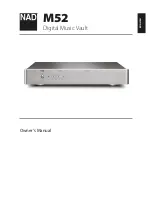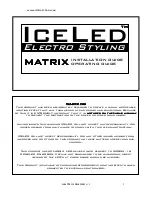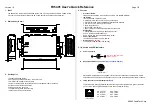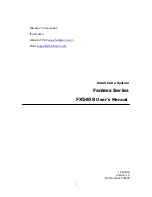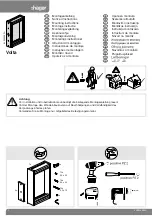
Assembly and maintenance
instructions
according to regulation DIN 82079
Version 06.20
Date: 21.10.2021
Name: Manual_ME-RV_EN
GIEBEL FilTec GmbH |
| Accessories & Spare parts:
6/9
Section 8: Disposal
Regeneration
In practice, the most common regeneration method used is the temperature increase. When desorbing
water vapour from silica gel, the temperature must be above 100°C. For silica gel with colour indicators,
a regeneration temperature of 120°C should be maintained in order not to damage the colour indicator
applied.
It is nevertheless recommended to use fresh silica gel.
Disposal
At the end of its useful life, the device must be disposed of in accordance with the relevant legal
regulations. Metal and plastic parts should be separated and disposed of separately.
Silicagel Orange is not classified as a hazardous substance under European Union legislation
(Regulation EC No 1272/2008). It is not subject to compulsory labelling according to EC Directive
(67/548/EEC or 1999/45/EC). Silicagel Orange is not classified as a substance hazardous to health or
the environment.
Section 9: Risk and hazard analysis
1. Moist air flows into the system
Porous seals
Moist air can flow into the adsorber or into the plant at the porous points. This means that complete
drying is not possible and moist air enters the system.
Flat gaskets do not sit properly on the adsorber part
If the flat gaskets at the bottom of the adsorber part are not seated correctly, moist air can enter the
system at the leaking points.
Adsorbers of the ME-RV 2L series are excluded.
Saturated drying agent
When the desiccant is saturated, it can no longer absorb moisture. This allows moist air to enter the
system.
Air flow rate too high
If the air flow rate is too high, the contact time between moist air and desiccant is too short. This allows
moist air to flow into the system.










